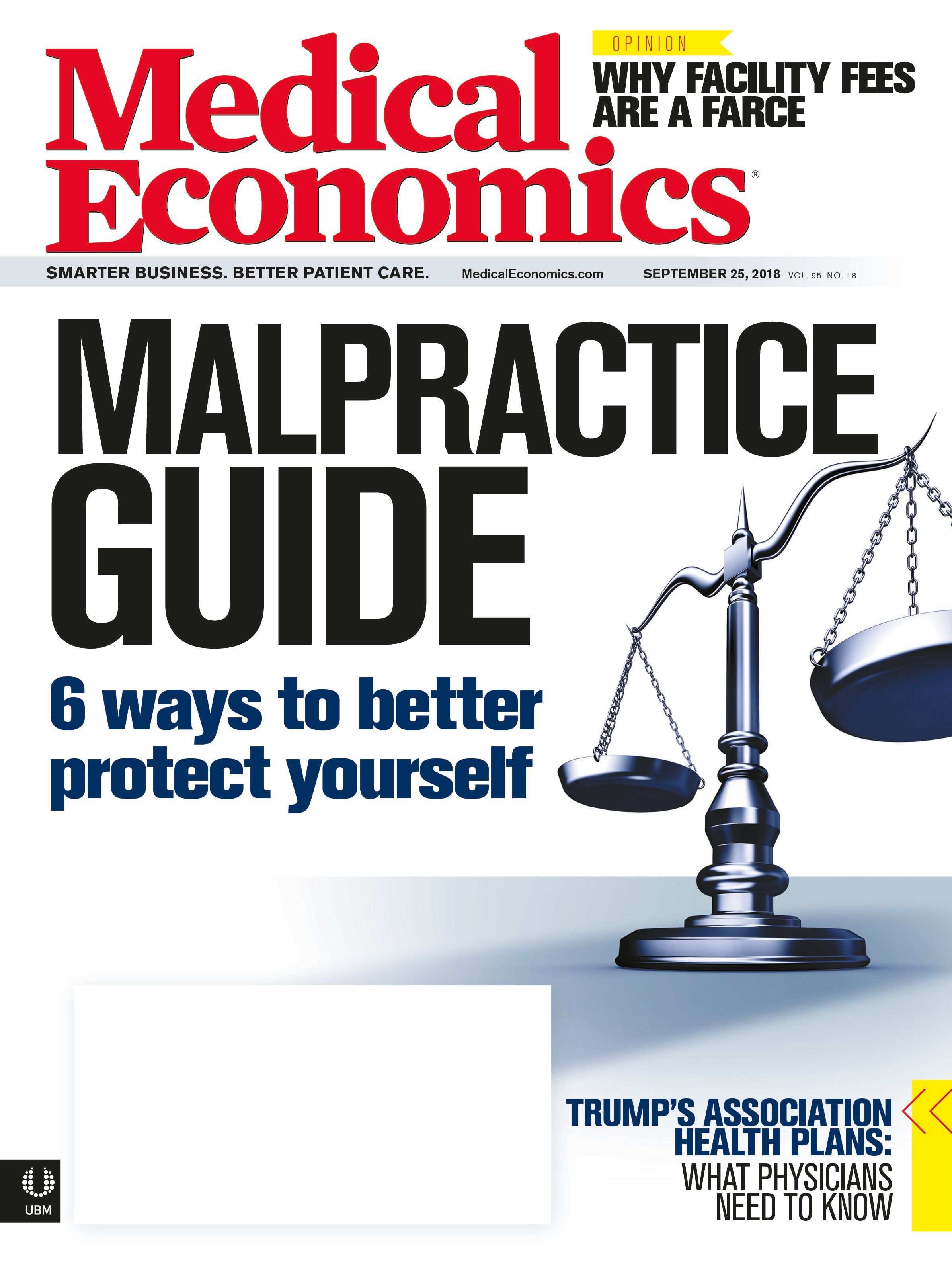Publication
Article
Medical Economics Journal
As physicians, we often see what we want to see
Author(s):
A runner-up of the 2018 Physician Writing Contest shares why it's important to really see patients.
You don’t care if she lives or dies, do you?”
Her grandmother’s words surprised me, not because we were having a disagreement over the next steps of needed care, but because her granddaughter’s death wasn’t even on my radar.
Her grandaughter was an older teenager, admitted with what I was sure were non-epileptic seizures and functional neurologic symptoms. In doing our due diligence, the team was moving forward with a lumbar puncture, which the family was demanding be done under full sedation. We were at an impasse, one in which I was unwilling to increase the risk of what I deemed a questionably needed procedure while her family was unwilling to subject her to any more pain than what they already perceived her to be in. I regretted even discussing the lumbar puncture.
My offers of anxiolytics and child life distraction were rejected, and now we stood in the hallway after her grandmother had asked me to leave the room. As a relatively new attending, this level of disagreement was new to me. In that moment, I was beyond frustrated with the patient and her family.
I have the insight to know I struggle to compassionately communicate and empathize with patients with this disease process, perhaps in large part due to my inability to fully comprehend and effectively treat it. This makes me more diligent and intentional with my interactions with these patients and their families, so to be at such a broken place with this particular family felt even more like a failure.
I remember very intentionally focusing on my body language, posture, and tone in an attempt to fake what I did not feel. I did care about this patient; I cared that she understood her diagnosis, partnered with me to seek treatment, and participated in discussions about risks and benefits of further testing and interventions.
But I did not care if she lived or died because that wasn’t part of the playing field we were on together.
And so when her grandmother asked me that question, I stopped explaining, stopped justifying, stopped talking.
I stood (probably with my arms crossed, because I might not be that good at hiding my feelings when I’m caught off guard).
In the silent stare that followed, I saw her grandmother’s worry. She really did think her granddaughter was dying and that I had no compassion for what they were going through. And that, despite all my frustration, was enough to cause a paradigm shift so that I could really see her granddaughter for the first time.
She became more than just the story my residents had presented that morning. She became the cheerleader who was always at the top of the pyramid, until she wasn’t good enough one day. The straight-A student who felt enormous pressure to be the first in her family to have enough scholarships to go to college. The typical teenager who was peer-pressured by a boyfriend to do something she didn’t feel ready for. The mature but still-so-young woman who felt responsible for everyone in her family since her own mother chose drugs over her children.
In medical school, we are taught to see diseases; we review signs and symptoms, pair them with a few key social history points, and assimilate it all into a named disease process. We’re taught those diseases have people and lives associated with them, and some of us probably do a pretty good job at integrating it all together. For the rest of us, it takes work and effort to see the patients, lives, and people behind the illnesses we’re treating. Because, let’s face it-it’s easier to focus on the disease and treatment.
It’s much harder to delve deep into the muddy waters that are our patients’ lives. But only with that vulnerability do we form the bonds that really make us great physicians.
As for my patient, when I stopped talking, I started creating the opportunity for a different conversation. And that conversation led to an unsedated lumbar puncture with child life distraction. And it ultimately led to my original suspected diagnosis, which the family much more readily accepted.
Whether that occurred because we had all the necessary testing or because I opened a different conversation, I’ll never know. I still pride myself on being able to develop great working relationships with patients and their families, and I think communication is one of my strengths.
But now, when I’m faced with a challenging situation, instead of focusing so much on my body language and tone, I focus on really seeing my patient. And seeing my patients has never led me wrong.
Stephanie DeLeon, MD, has practiced pediatric medicine for nine years in Oklahoma City, Okla. She knew that she wanted to be a pediatrician from a young age. “I have always been drawn to science and pathophysiology, and I want to make a difference in the lives of others. I didn’t have any physician role models growing up, so I would say this was a calling I’ve always had,” DeLeon says.
Her advice to young physicians is simple: “Choose a path that you love, that makes you want to go to work every day. Because the days are long and the work is difficult, but if you truly love what you do, the satisfaction runs deep.” This advice rings true for DeLeon every time she witnesses her young patients transition from feeling ill to running out the door to go home.
When not practicing medicine, DeLeon enjoys crafting, photography, and reading (she highly recommends her latest read, All the Light We Cannot See by Anthony Doerr). She also enjoys spending time on the beach with her family in Destin, Fla.






